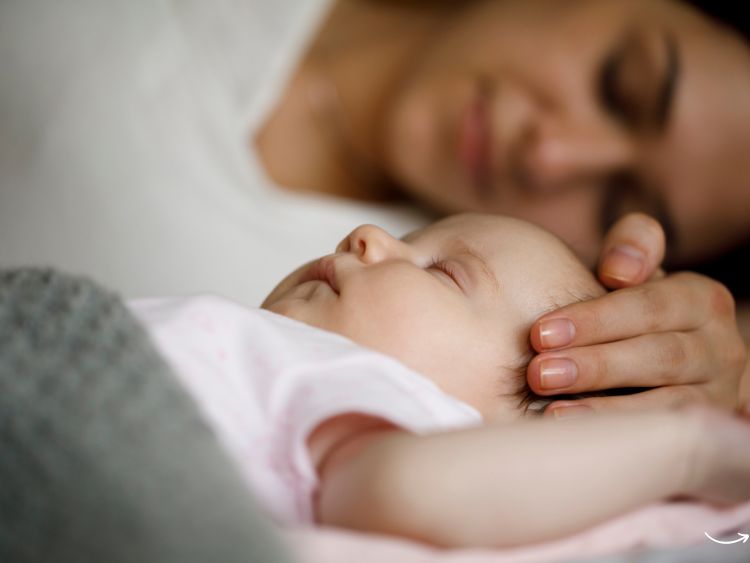Why Choosing the Right Baby Crib Matters
When you’re expecting a baby, preparing the nursery is a top priority. And at the heart of every cozy nursery is the baby crib. But, let’s be real—choosing the perfect one can feel like a daunting task, right? With so many designs, safety features, and styles available, it’s easy to feel overwhelmed. No worries! We’re here to guide you through everything you need to know about finding the ideal crib for your little one. From the safety standards to the design styles that suit your home, we’ve got you covered.
Types of Baby Cribs
Before you start shopping, it’s crucial to understand the different types of cribs available on the market. Let’s break them down:
- Standard Baby Crib
- These are your classic cribs, known for their durability and longevity. They’re usually rectangular and come with fixed sides.
- Convertible Crib
- A fan favorite among modern parents! These cribs can transform into toddler beds, daybeds, or even full-size beds, growing with your child.
- Portable Baby Crib
- Ideal for families on the go or those short on space. These cribs are foldable and easy to transport.
- Mini Crib
- Perfect for smaller spaces or temporary setups. They’re a compact version of the standard crib but may not last as long as your child grows.
- Round Crib
- Stylish and chic, these cribs offer a unique, modern look. However, finding mattresses and bedding for round cribs can be tricky.
Safety Standards: Don’t Skimp on These!
The safety of your baby should be your number one concern. Here’s a checklist to ensure the crib you’re eyeing meets the latest safety regulations:
- Slat Distance: Ensure the crib slats are no more than 2 3/8 inches apart to prevent the baby from getting stuck.
- Firm Mattress Fit: The mattress should fit snugly, with no gaps larger than two fingers between the crib sides and mattress.
- No Drop-Side Rails: Drop-side cribs were banned in 2011 due to safety hazards. Stick to cribs with stationary sides.
- Check for Recalls: Always verify that the crib you choose hasn’t been recalled by the manufacturer.
Materials and Design: What to Consider
Now that you’ve got safety down, it’s time to focus on design and materials. After all, the crib is going to be a focal point in your nursery.
- Wooden Baby Cribs
- Wooden cribs are the most popular, offering a classic and timeless appeal. Opt for solid wood like oak, walnut, or maple, which are sturdy and long-lasting.
- Metal Baby Cribs
- These give off a sleek, modern vibe. They’re also durable and easy to clean.
- Eco-Friendly Baby Cribs
- If sustainability is important to you, go for cribs made from organic or non-toxic materials.
Crib Mattress: Comfort Meets Support
A good mattress is just as important as the crib itself. After all, your baby will be spending a lot of time here. Look for a firm, breathable mattress that fits perfectly within the crib. Avoid overly soft mattresses that can pose a suffocation risk.
Additional Features Worth Considering
While the basics are essential, there are a few extra features that can make a world of difference:
- Adjustable Mattress Heights: This allows you to lower the mattress as your baby grows, ensuring they can’t climb out.
- Teething Rails: Babies love to chew on crib rails when they’re teething. A teething guard can protect both the crib and your little one’s gums.
- Storage Drawers: Some cribs come with built-in storage, a handy feature for keeping bedding and baby essentials within reach.
FAQs: Everything You Want to Know About Baby Cribs
- When should I move my baby from a crib to a toddler bed?
- Most parents transition their baby around the age of 18-36 months, depending on the child’s development and crib escape attempts.
- Can I use a second-hand baby crib?
- While it’s tempting to reuse a crib, always check for recalls and ensure the crib meets current safety standards. Avoid older models, especially those with drop-side rails.
- How long can a baby sleep in a mini crib?
- A mini crib is perfect for newborns but typically lasts until your baby is about 12-18 months old, depending on their size.
- What’s the best crib for small spaces?
- For compact spaces, a portable or mini crib is your best bet. They’re space-saving and easy to move around.
- Do all cribs come with mattresses?
- Most cribs don’t come with mattresses, so you’ll likely need to purchase one separately. Ensure it fits snugly for safety.
Baby Crib Shopping Tips: Get the Most Bang for Your Buck
Shopping for a baby crib doesn’t have to break the bank. Here are some quick tips to make sure you’re getting the best value:
- Check for Sales and Discounts: Many stores offer discounts during the holidays or baby events.
- Buy a Convertible Crib: This may cost more upfront, but since it converts into a toddler or full-size bed, you’ll save money in the long run.
- Opt for Simple Designs: While fancy cribs may look stunning, simple designs are often just as sturdy and safe, without the hefty price tag.
Conclusion: Sweet Dreams for You and Your Baby
Choosing the right baby crib doesn’t have to be stressful. With this guide, you’re armed with the knowledge to make an informed decision. Remember, the right crib is one that fits your space, style, and—most importantly—keeps your baby safe and comfortable. Happy crib shopping, and here’s to a nursery that’ll have your little one sleeping like a baby!
Authoritative Links
- Consumer Product Safety Commission: www.cpsc.gov
- American Academy of Pediatrics Safe Sleep Guidelines: www.aap.org
- National Parenting Product Awards: www.nappaawards.com
- Eco-Friendly Crib Certifications: www.greenguard.org

